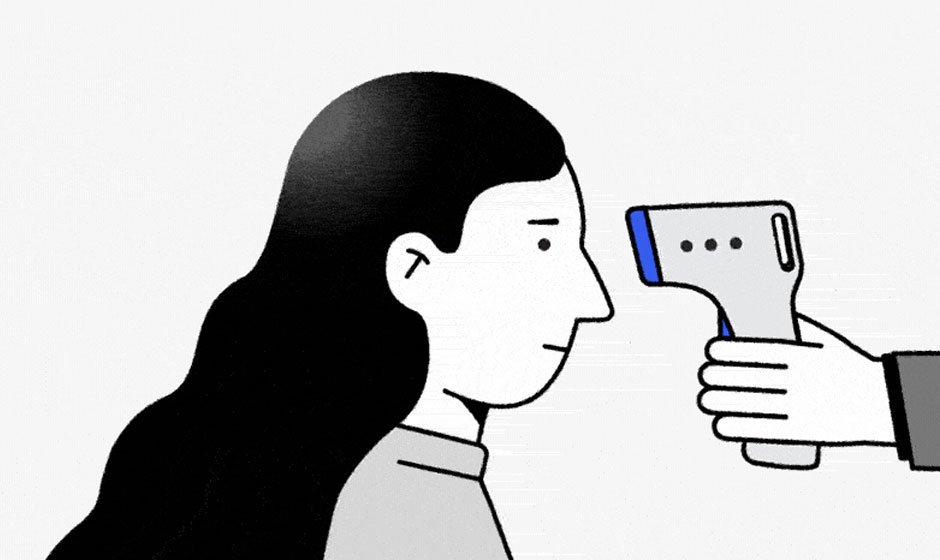Are Workers Taking Sick Leave? Balancing Attitudes, Realities, and Support

Are workers prioritising their health by taking sick leave when needed? The equilibrium between personal well-being and work obligations is intricate with even Forbes discussing the need for a Mental Health Days. Drawing insights from a survey of UK office workers, we uncover attitudes, behaviours, and how strategic communication, including posters, can provide support.
Attitudes vs. Reality
Maintaining personal health within work commitments is a delicate balance. Survey results revealed that 58% had taken discretionary time off for reasons beyond sickness, indicating the negotiation of personal and professional needs.
Trends in Acceptable Leave
Despite a challenging year, 66% didn’t take unplanned leave, with 18-34-year-olds leading in taking five or more days off. These variations suggest evolving perceptions about work-life harmony across generations.
Truth and Transparency
While 6% admitted fabricating reasons for leave, 87% said their managers rarely denied time-off requests. This interplay between truthfulness and managerial leniency shapes the landscape of sick leave.
Comfort in Seeking Leave
Although managers were perceived as fair (81%), only 57% felt comfortable requesting leave. Notably, this discomfort was more pronounced among women, highlighting the influence of gender on leave discussions.
Managerial Dynamics
Even with perceived fairness, not all employees were at ease. Only 57% felt comfortable seeking leave, signifying a need for improved communication. This gap suggests an opportunity to align perceptions with actions.
Impacts of Approved Leave
Approved leave often comes with strings attached. Some were asked to compensate for lost time (28%), work remotely (17%), or use holiday pay (15%). This complex interplay underscores the challenge of reconciling health needs with work obligations.
Employee Perspectives
Views on sick leave were varied: 47% supported reasonable discretionary leave, 42% favoured employee-defined reasons, 8% preferred strict policies, and 2% saw such allowances as redundant.
Prioritising Health and Family
Health-related needs remained a priority. Funerals (42%) and bereavement (38%) were most acceptable, followed by medical appointments (36%) and dental visits (23%).
Influences Beyond Health
Non-health factors also influenced leave decisions. House issues (16%), childcare (12%), and weather-related concerns (10%) played a role.
Setting Limits: Acceptable Leave
Responses varied on acceptable reasons for leave. From hospital visits (57%) to child issues (57%), preferences were diverse. Other factors like birthdays (22%), MOTs (33%), and deliveries (20%) reflected differing opinions.
Communication Channels for Leave
Preferred communication methods included in-person conversations (45%), phone calls (19%), emails (16%), texts (7%), and work platforms (4%).
Empowering Support: Using Posters
Supportive strategies such as posters with empowering messages, can foster a culture that values health. Posters can remind employees of the importance of self-care and encourage open discussions about sick leave, erasing stigma.
Implications for Job Hunting
When denied leave, 52% considered its impact on job searches, 33% felt it wouldn’t matter, and 10% saw it as motivation for new opportunities.
The relationship between sick leave and workplace dynamics is complex. Strategic communication, including tools like posters, can bridge gaps, foster empathy, and emphasise the importance of well-being. Understanding these dynamics aids in building a harmonious work environment where health and productivity coexist.



